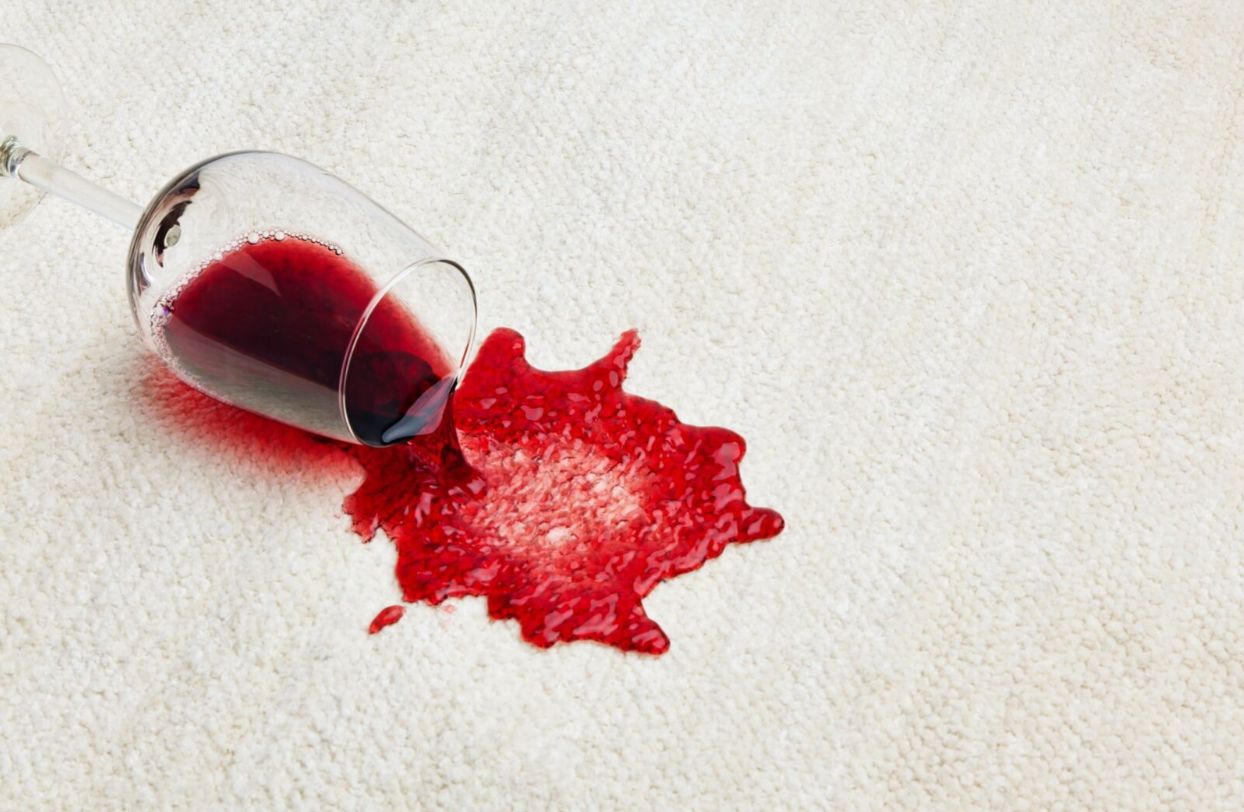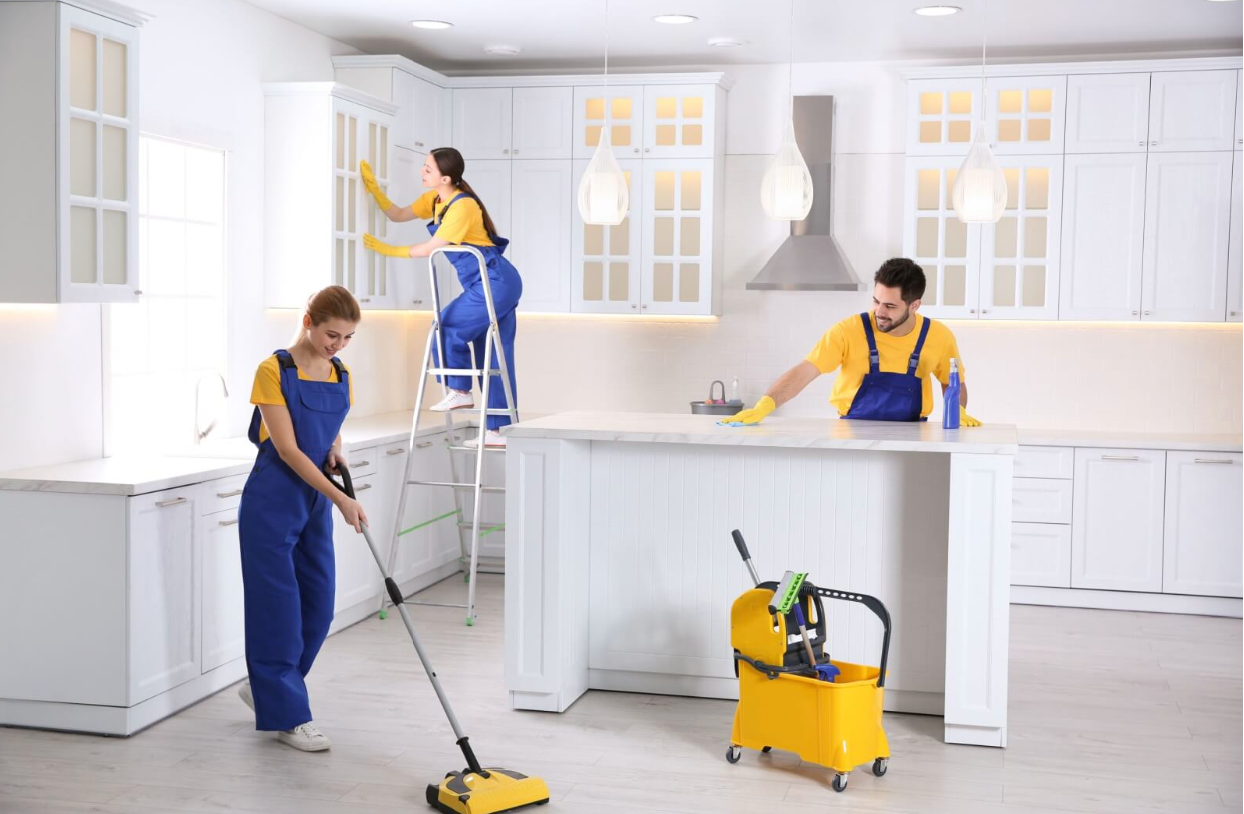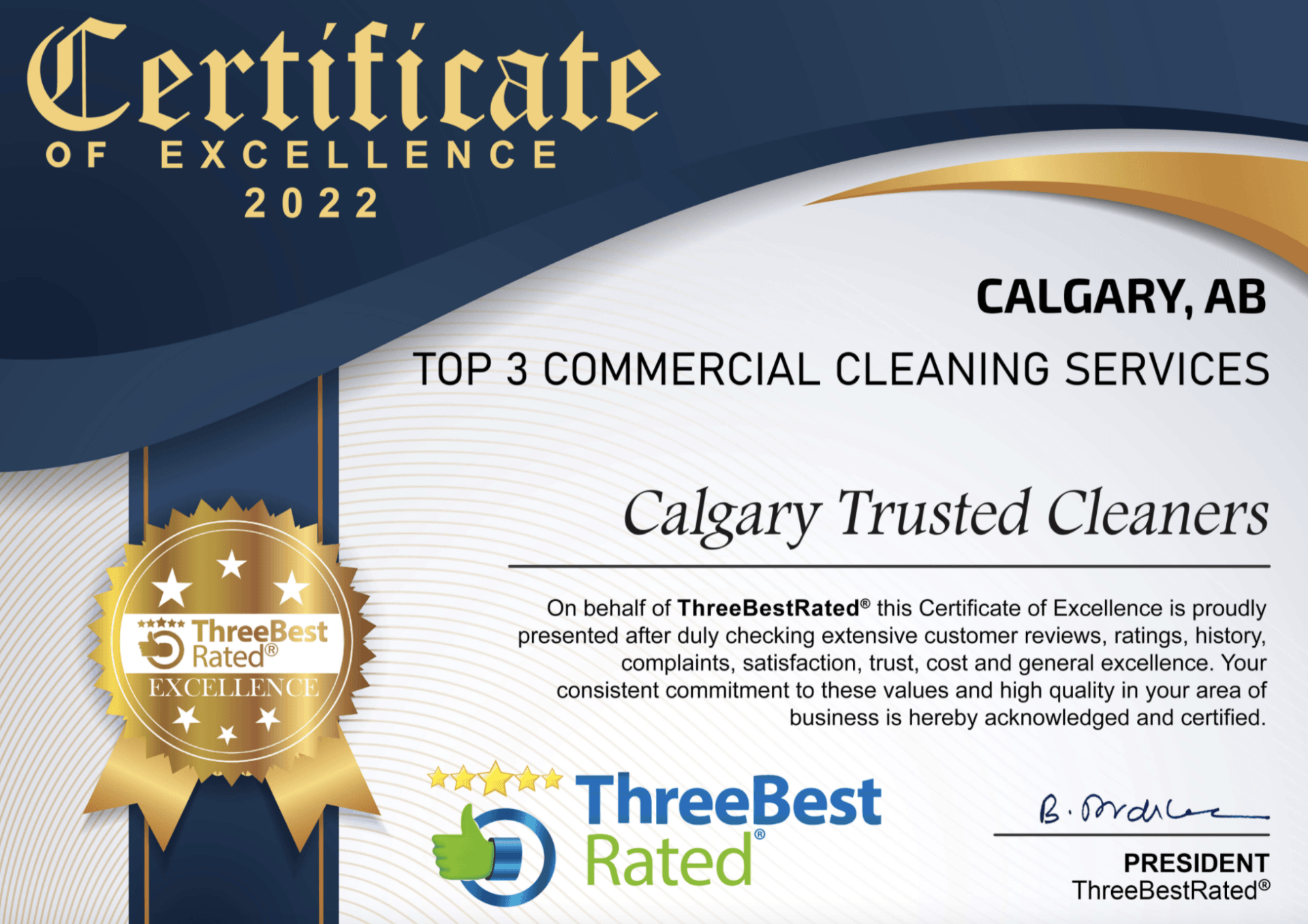COVID-19 (Coronavirus): Cleaning and Disinfection Recommendations
March 17, 2020
There is much to learn about the novel coronavirus that causes coronavirus disease 2019 (COVID-19). Based on what is currently known about the virus, spread from person-to-person happens most frequently among close contacts (within about 6 feet). This type of transmission occurs via respiratory droplets. Transmission of novel coronavirus to persons from surfaces contaminated with the virus has not been documented. Transmission of coronavirus in general occurs much more commonly through respiratory droplets than through fomites. Current evidence suggests that novel coronavirus may remain viable for hours to days on surfaces made from a variety of materials. Cleaning of visibly dirty surfaces followed by disinfection is a best practice measure for prevention of COVID-19 and other viral respiratory illnesses in community settings.
The following guide provides recommendations on the cleaning and disinfection of the Coronavirus:
Surfaces
If surfaces are dirty, they should be cleaned using a detergent or soap and water prior to disinfection.
For disinfection, diluted household bleach solutions, alcohol solutions with at least 70% alcohol, and most common EPA-registered household disinfectants should be effective.
Diluted household bleach solutions can be used if appropriate for the surface. Follow manufacturer’s instructions for application and proper ventilation. Check to ensure the product is not past its expiration date. Never mix household bleach with ammonia or any other cleanser. Unexpired household bleach will be effective against coronaviruses when properly diluted.
Prepare a bleach solution by mixing:
- 5 tablespoons (1/3rd cup) bleach per gallon of water or
- 4 teaspoons bleach per quart of water
- For soft (porous) surfaces such as carpeted floor, rugs, and drapes, remove visible contamination if present and clean with appropriate cleaners indicated for use on these surfaces. After cleaning:
- If the items can be laundered, launder items in accordance with the manufacturer’s instructions using the warmest appropriate water setting for the items and then dry items completely.
Linens, Clothing, and Other Items That Go in the Laundry:
- Do not shake dirty laundry; this minimize the possibility of dispersing virus through the air.
- Wash items as appropriate in accordance with the manufacturer’s instructions. If possible, launder items using the warmest appropriate water setting for the items and dry items completely. Dirty laundry that has been in contact with an ill person can be washed with other people’s items.
- Clean and disinfect hampers or other carts for transporting laundry according to guidance above for hard or soft surfaces.
Personal Protective Equipment (PPE) and Hand Hygiene:
- You should wear disposable gloves and gowns for all tasks in the cleaning process, including handling trash.
- Gloves and gowns should be compatible with the disinfectant products being used.
- Additional PPE might be required based on the cleaning/disinfectant products being used and whether there is a risk of splash.
- Gloves and gowns should be removed carefully to avoid contamination of the wearer and the surrounding area. Be sure to clean hands after removing gloves.
- Gloves should be removed after cleaning a room or area occupied by ill persons. Clean hands immediately after gloves are removed.
- Cleaning staff should immediately report breaches in PPE (e.g., tear in gloves) or any potential exposures to their supervisor.
- Cleaning staff and others should clean hands often, including immediately after removing gloves and after contact with an ill person, by washing hands with soap and water for 20 seconds. If soap and water are not available and hands are not visibly dirty, an alcohol-based hand sanitizer that contains 60%-95% alcohol may be used. However, if hands are visibly dirty, always wash hands with soap and water.
- Follow normal preventive actions while at work and home, including cleaning hands and avoiding touching eyes, nose, or mouth with unwashed hands.
- Additional key times to clean hands include:
- After blowing one’s nose, coughing, or sneezing
- After using the restroom
- Before eating or preparing food
- After contact with animals or pets
- Before and after providing routine care for another person who needs assistance (e.g., a child)
Cleaning Products That Destroy Coronavirus
- Soap and Water
Just the friction from scrubbing with soap and water can break the coronavirus’s protective envelope. “Scrub like you’ve got sticky stuff on the surface and you really need to get it off,” says Richard Sachleben, an organic chemist and member of the American Chemical Society. Discard the towel or leave it in a bowl of soapy water for a while to destroy any virus particles that may have survived.
- Bleach
The Centers for Disease Control and Prevention recommends a diluted bleach solution (⅓ cup bleach per 1 gallon of water or 4 teaspoons bleach per 1 quart of water) for virus disinfection. Wear gloves while using bleach, and never mix it with anything except water. (The only exception is when doing laundry with detergent.)
- Isopropyl Alcohol
Alcohol solutions with at least 70 percent alcohol are effective against coronavirus. Do not dilute the alcohol solution. Alcohol is generally safe for all surfaces but can discolor some plastics.
- Hydrogen Peroxide
According to the CDC, household (3 percent) hydrogen peroxide is effective in deactivating rhinovirus, the virus that causes the common cold, within 6 to 8 minutes of exposure. Rhinovirus is more difficult to destroy than coronaviruses, so hydrogen peroxide should be able to break down coronavirus in less time. Pour it undiluted into a spray bottle and spray it on the surface to be cleaned, but let it sit on the surface for several minutes.
Hydrogen peroxide is not corrosive, so it’s okay to use it on metal surfaces. But similar to bleach, it can discolor fabrics if you accidentally get in on your clothes.
Calgary Trusted Cleaners has the necessary tools, education and resources to completely deep clean and sanitize your home or commercial space from the Coronavirus. Contact us today for all your COVID-19 (Coronavirus) cleaning and sanitization needs.
Share

Carpet stains are a risk that come with living a full life in a comfortable space. With the proper approach, tough stains like red wine, ink, and pet accidents can be removed. DIY solutions include blotting the stain with a cloth, and gradually lifting the stain with agents like baking soda, vinegar, or alcohol. The right method for removal depends on the type of stain and how fresh it is. To make the removal process easier, it’s best to tackle stains while they’re new. Older stains may require professional assistance.

In today’s fast-paced work environment, the cleanliness of your office can significantly impact not only the health and well-being of your employees but also their productivity and the overall ambiance of your workspace. Hiring professional help to deep clean your workspace is a reliable, fast, and efficient way to maintain a clean environment. We’ve shared some useful tips for maintaining the upkeep of your workspace in between professional deep cleans. This includes working in small sections, establishing a cleaning schedule, decluttering and organizing, and thoroughly sanitizing surfaces.

Moving can be an emotional and physical rollercoaster. It's a time that signifies new beginnings and exciting opportunities, yet it can also be incredibly stressful and chaotic. Among an endless checklist of tasks, cleaning is the most daunting for some. Hiring professional move-out cleaning services can be a game-changer for both homeowners and renters during this busy time. Professional cleaning can provide fast and visible results, leave behind a clean slate, enhance your home's saleability, help you receive your old security deposit, and help you enjoy a fresh start in your new living space.

Embarking on a construction project, whether it's a new build, renovation, or remodeling, is an exciting endeavor. However, amidst the excitement of witnessing the transformation of a space, it's easy to overlook the importance of post-construction cleaning. Once the construction work is complete, the site is often left with dust, debris, and various residues. Post-construction cleaning plays a crucial role in enhancing the appearance of the space and ensuring safety, health, and functionality. Getting a construction site or freshly restored facility ready for immediate occupancy is known as post-construction cleaning. This can include: Removing construction debris Removing dust and particles Cleaning fixtures and surfaces Adding final touches Ensuring safety compliance Post-construction cleaning is typically carried out by professional cleaning crews equipped with specialized tools, equipment, and cleaning solutions tailored to the specific needs of the project.





